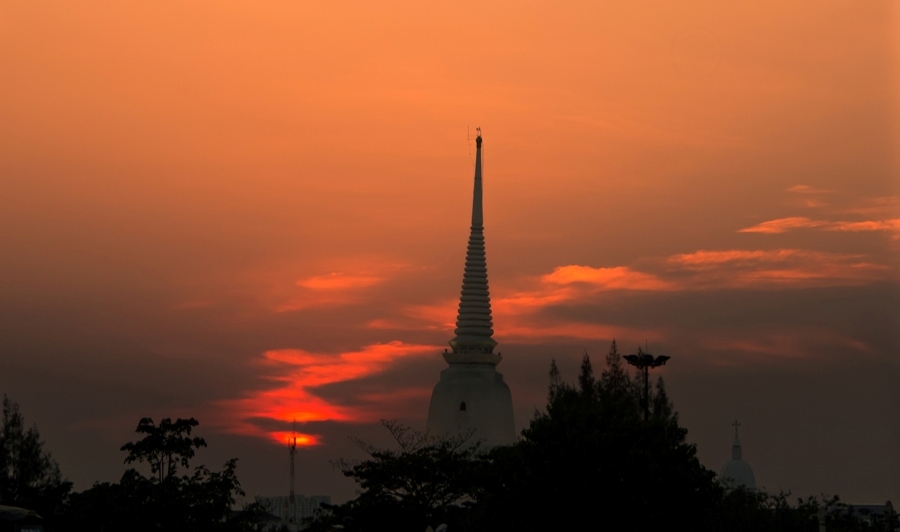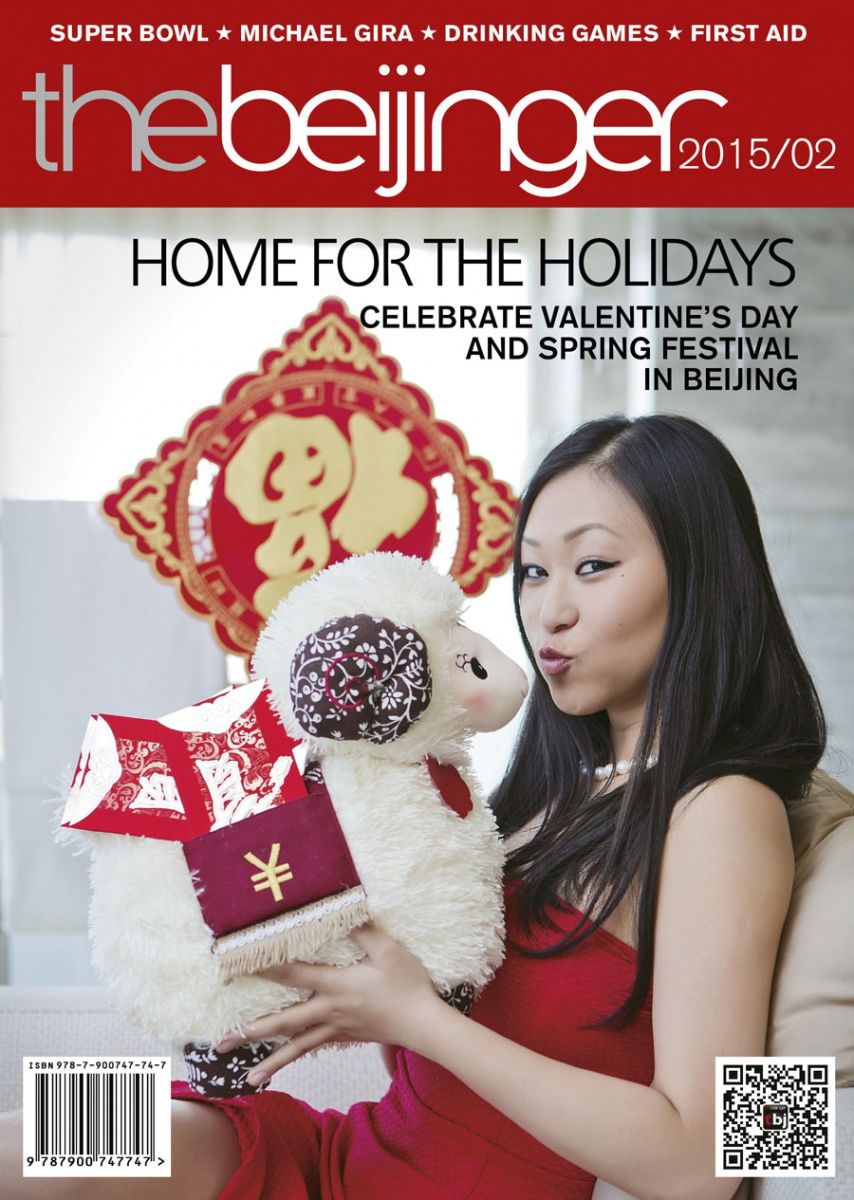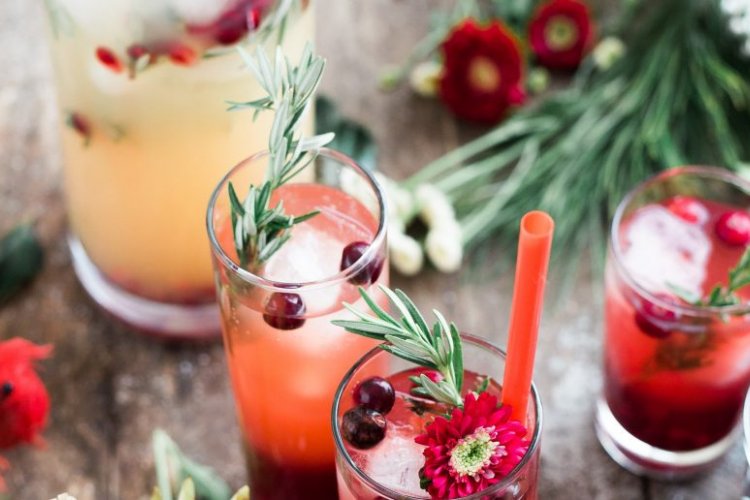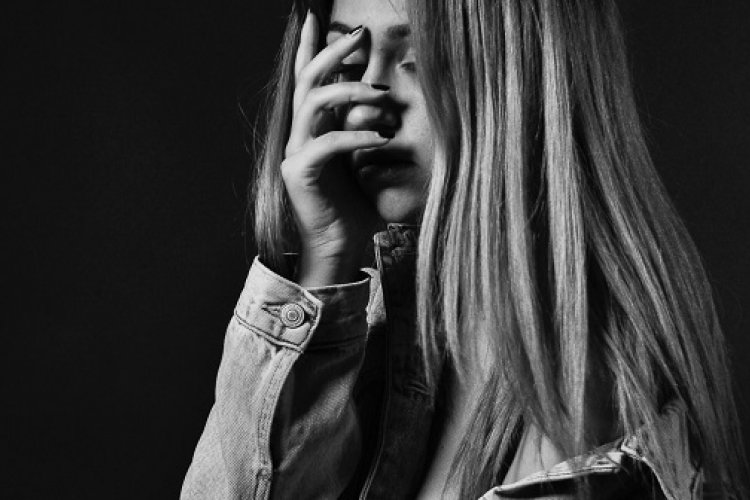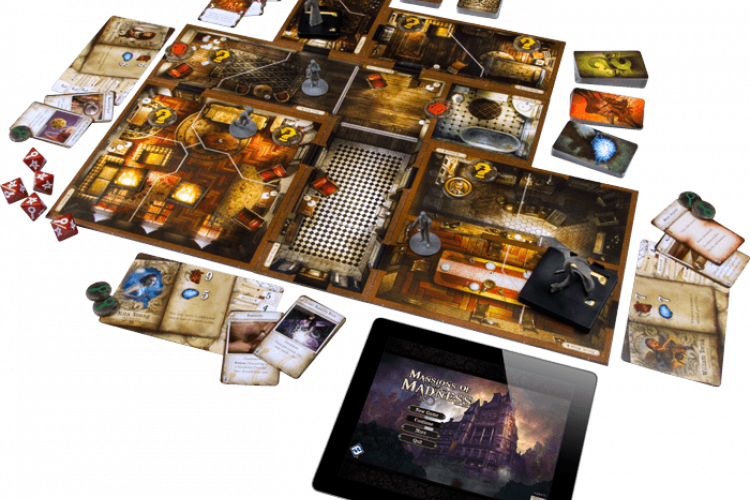Get Out: Back to Bangkok
The world’s second-most visited city often gets a bad rap as a destination. Travelers are either transiting through one of its two major airports on their way to beaches or mountains, or people are put off by Bangkok’s raunchy reputation for nightlife. Add to that recent political instability, and many decide to give it a miss rather than include it in their travel plans.
But the Thai capital offers much more than meets the eye. The Lonely Planet zombie path is well-worn, and not far from the Muesli Road is a city that most visitors never bother to see. There are places like a Chinese-style courtyard home with a scuba diving pool in the middle; there’s a night-time side to the city away from the neon that is spectacular; and Bangkok’s kilometers of canals (klongs in local parlance) may not always be clean, but many offer pleasant walking opportunities.
Here are some places you’ve likely never seen in Bangkok but are worth a visit, especially if it isn’t your first time:

Jim Thompson House
Every expatriate, no matter from where, should visit this place. Thompson was an American who first came to Southeast Asia during World War II as a member of the Office of Special Services (or OSS, a forerunner to the Central Intelligence Agency), and is credited with restarting the Thai silk industry. He “built” the house – more connected existing houses on the property – in 1958-59, and lived there for about a decade, before he vanished without a trace in Malaysia’s Cameron Highlands during a walk in 1968.
The reason every expat should visit is because we should all aspire to live this way: in a grand home built in the classic style of our adopted country. Jim knew how to live and his parties at the house were legendary. After his disappearance, his household staff continued to prepare dinner for him each night, hoping that he would suddenly reappear, hungry but happy to be home. Sadly, that never happened, and the house is in the care of one of Thailand’s princesses. It’s free to visit but travelers must join an organized tour.
Jim Thompson House and Museum, 6 Soi Kasemsan 2, Rama 1 Road, Bangkok. +66 2612 3601. Open daily, 10am-5pm.
Wat Prayun Wongsawat
“Wat” simply means “temple,” but no one would say Cambodia’s Angkor Wat is just a temple, and neither would that be said about Wat Prayun Wongsawat, on the western side of the Chao Phya River, which bisects Bangkok, and makes a spectacular backdrop for photography, both day and night. The towering Wat Prayun Wongsawat was built by King Rama III, who held the throne 1824-51, but remains an active temple today. Various ceremonies can be seen by visitors, especially on Thai and Buddhist holidays.
Although there are other wats that are more famous and of greater significance, Wat Prayun Wongsawat’s chedi (the tall spire) is a World Heritage site. Those other sites, including Wat Po, hailed as the place where traditional Thai massage was first practiced, see far more visitor traffic, and as such, Wat Prayun Wongsawat makes for a quieter, less crowded visit. It can also be accessed by walking across the Memorial Bridge on the river’s east side. As an active religious site, adhering to etiquette is important: appropriate dress should be worn, with no short shorts or halter tops; taking photos of monks or images of the Buddha without permission is prohibited; shoes should be removed when entering indoor sanctuaries.
Wat Prayun Wongsawat, near Thedsaban Sai 1 Road, Bangkok. Open daily, 9am-5pm.
Chinatown
Before you say, “I live in China, why would I want to visit Chinatown while on holiday in Bangkok,” think of it this way: Bangkok’s Chinatown is nothing like Beijing. Settled in the 19th century by immigrants from southern China, especially from Guangdong province, Thailand’s overseas Chinese community has grown into one of the wealthiest of Southeast Asia. Bangkok ’s Chinatown i s centered around Charoenkrung Road, along a kilometer of closely packed stores, shops, restaurants, and other businesses. Chinese characters will indicate that you’re in the right place. Visitors arriving around Chinese New Year will see different variations in both the traditions and the decorations both for sale and on display.
There are also some good eats to be had, Chinese variations on Thai dishes and vice-versa, and not just the Chinese food cooked in coconut milk so common at “Thai” restaurants in Beijing. Have something like kanom sai sai (steamed coconut milk, wrapped in banana leaves), and you’ll leave happy no matter what time of the year you visit.
Chinatown, Charoenkrung Road, Bangkok. Opening times vary.
To remove some of the guess work out of visiting unseen Bangkok, take a walking (or cycling) tour with Bangkok Vanguards, a company with such a solid reputation that even locals join them to learn more about their city.
More stories by this author here.
Email: stevenschwankert@thebeijinger.com
Twitter: @greatwriteshark
Weibo: @SinoScuba潜水
Photos: Palin Chitprasertsuk; courtesy of Jim Thompson House and Museum
Related stories :
Comments
New comments are displayed first.Comments
![]() raybkk
Submitted by Guest on Fri, 02/06/2015 - 11:29 Permalink
raybkk
Submitted by Guest on Fri, 02/06/2015 - 11:29 Permalink
Re: Get Out: Back to Bangkok
Thanks for giving me a smile on my face this morning reading it! Loved the article about Bangkok!
Validate your mobile phone number to post comments.

